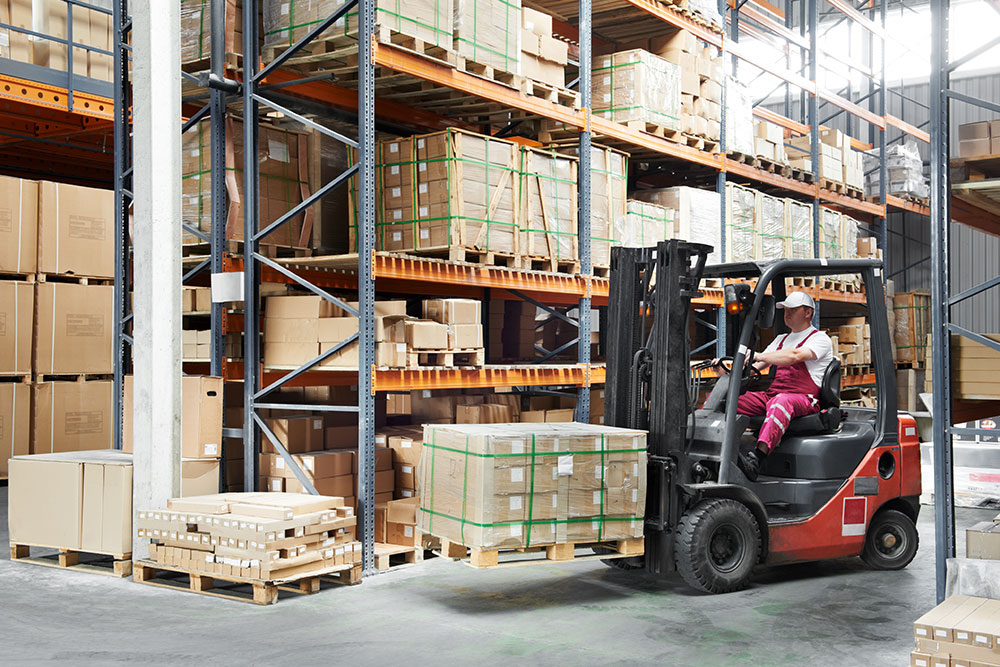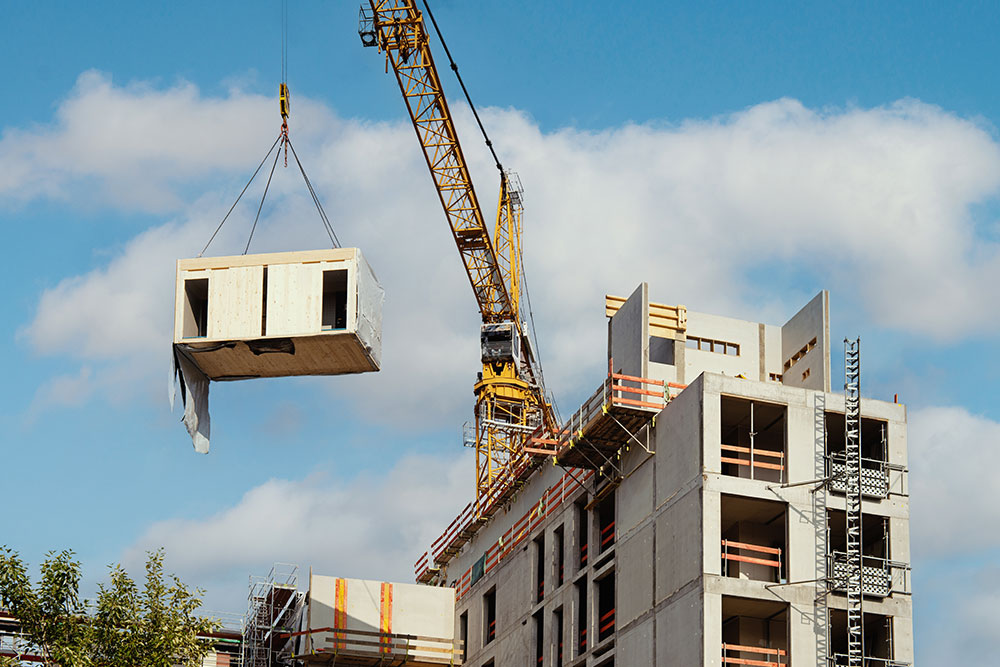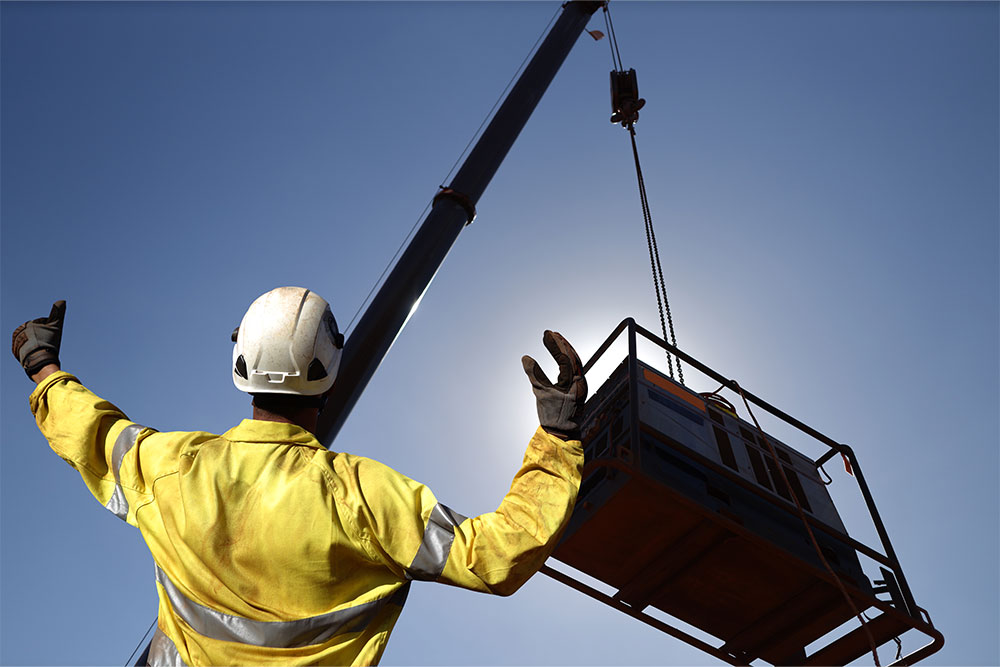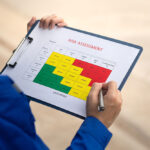
Understanding the types of lifting operations and their requirements is crucial for ensuring safety and compliance with health and safety regulations.
Under the Lifting Operations and Lifting Equipment Regulations 1998 (LOLER), every lifting operation must be planned, supervised and executed safely. Whether you’re overseeing occasional lifting tasks or more complex operations, it’s essential to know the different types of lifts and their specific planning needs.
This blog explains how lifting operations are categorised and how to plan each type. You can be confident your lifting plans are sufficiently detailed to be safe and compliant with LOLER.
Types of Lifting Operations Under LOLER
The Lifting Operations and Lifting Equipment Regulations 1998 apply to any operation involving “the lifting or lowering of a load.” A ‘load’ refers to any item or items being lifted, which can include a person or people.
The broad definition of ‘lifting’ means that LOLER is applicable to a wide range of work activities, from stacking pallets with a forklift to raising steel beams in a once-in-a-generation construction project.
Under LOLER, every lifting operation must be planned, supervised and carried out by competent personnel to prevent accidents and ensure the safety of everyone involved. How this is done depends on the type of lifting operation, which is defined by its complexity.
LOLER distinguishes between two main types of lifting operations: simple (or routine) lifts and complex lifts.
LOLER Training
Our LOLER Training courses help reduce the risk of accidents during lifting operations in the workplace. These courses cover the Lifting Operation and Lifting Equipment Regulations in detail, giving you the knowledge to ensure compliance.
Simple Lifts
Simple lifts involve straightforward tasks that are regularly performed and typically follow a standard pattern. These lifts include the use of:
- Forklift Trucks: Often used in warehouses and factories for everyday material handling processes, such as moving pallets or other heavy goods.
- Hoists: Used in various industries to lift and lower loads vertically.
- Factory Cranes: Employed in manufacturing settings to move heavy materials across short distances.
- Mobile Elevated Work Platforms (MEWPs): Utilised to lift workers safely to higher locations.

Complex Lifts
Complex lifts are those that involve higher risks and require more detailed planning. Examples of complex lifts include:
- Lifts in Unusually Hazardous Locations: These include areas with limited space, poor ground conditions or proximity to live power lines.
- Operations Requiring Multiple Cranes: Lifting operations that need synchronised movements of multiple cranes.
- Cranes Needing Additional Equipment: Such as counterweights or other specialised accessories to ensure stability and safety.

Planning Simple Lifts
Despite their straightforward nature, simple lifts still require a lift plan. This plan ensures that all foreseeable risks are identified and mitigated so that the operation can be performed safely. A lift plan must:
- List all the equipment and accessories being used for the lift.
- Detail any assembly or disassembly of lifting equipment needed.
- Specify the location where the lift will take place.
- Describe the load being lifted, including its weight and dimensions.
- Identify the names and positions of everyone involved in the lift.
- Record all foreseeable risks and measures to mitigate them.
The plan’s details should be used to develop a safe system of work, also known as a method statement.
Reusing Lift Plans
One of the benefits of simple lifts is that the same lift plan can often be reused for similar operations.
However, it’s crucial to regularly review and update these plans to ensure they remain valid and effective. Changes in equipment, personnel or the work environment can necessitate adjustments to the plan.
Planning Complex Lifts
Complex and simple lift plans follow the same structure. However, the plan must be more detailed because complex lifts are inherently riskier.
For complex lifts, the Health and Safety Executive recommends following British Standard 7121. This series of guidance documents outlines the safe use of cranes, but its principles can be applied to other lifting equipment.
Importance of Supervisors in Complex Lifts
Due to the complexity and higher risk, a competent supervisor must manage the lift operation. The supervisor is responsible for:
- Ensuring that the lift plan is followed precisely on the day of the lift.
- Coordinating all aspects of the lift, including communication between personnel.
- Monitoring the operation in real-time to address any issues or changes that may arise.

Unique Plans for Each Operation
Unlike simple lifts, each complex lift requires a unique plan tailored to the specific operation. This bespoke approach ensures that all variables are considered and managed appropriately. Detailed planning helps to identify potential problems before they occur and allows for the implementation of effective safety measures.
Developing Effective Lifting Plans
Ensuring the safety and compliance of your lifting operations hinges on having detailed and compliant lift plans. Under LOLER, every type of lifting operation must be planned, supervised and carried out by competent personnel.
We offer a comprehensive LOLER Training course to help you develop the necessary skills and knowledge. This course is designed for those nominated as their organisation’s competent person for LOLER. It covers critical areas such as conducting thorough LOLER risk assessments, understanding different types of equipment and creating detailed lift plans.
Through this course, you’ll gain the expertise needed to ensure your lifting operations are efficient, safe and compliant. Plus, the course includes two free LOLER inspection checklists to guide you through the steps of a LOLER inspection, making it easier to maintain high safety standards.
Don’t leave the safety of your lifting operations to chance. Invest in LOLER Training today to enhance your competency and ensure that every lift, whether simple or complex, is conducted safely and according to regulations.





















